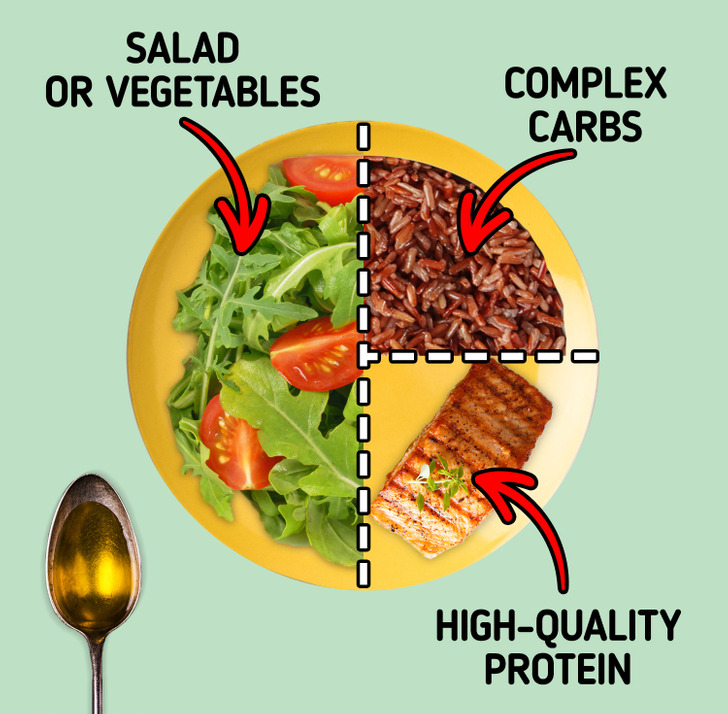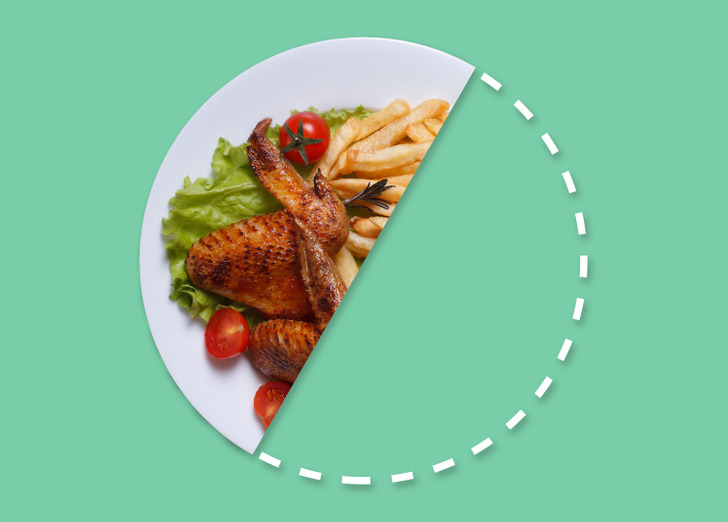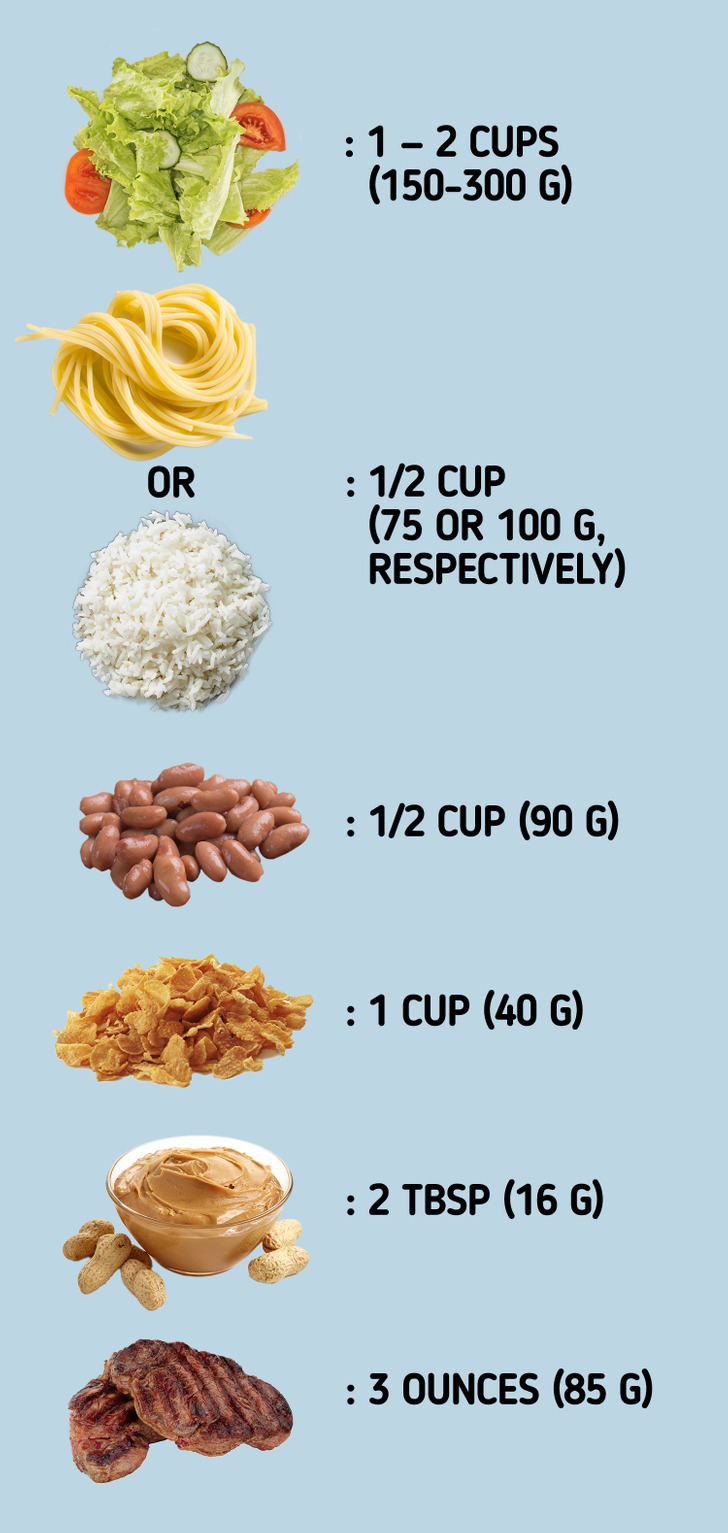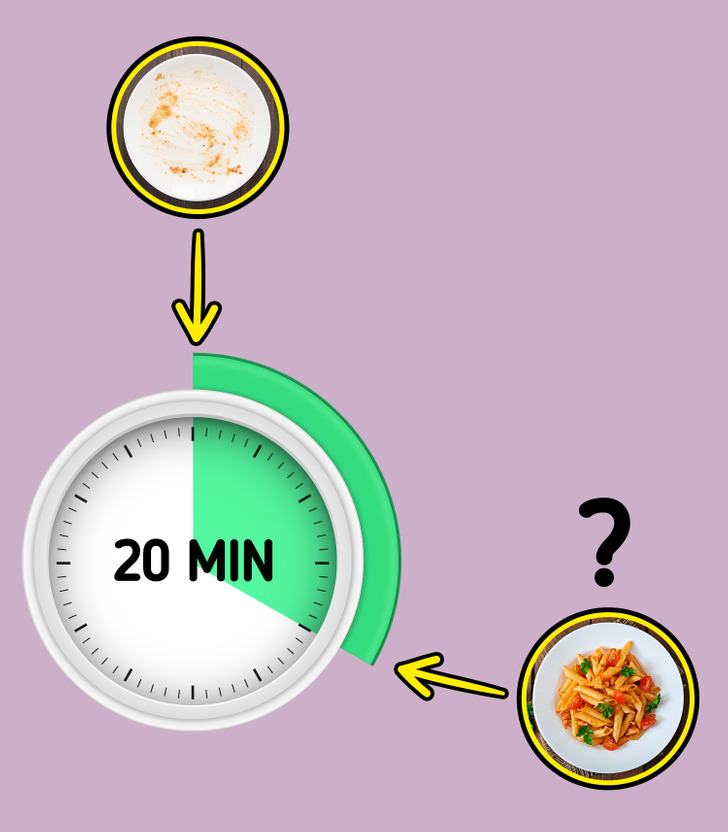How to Portion Control Your Meals for Healthier Eating Habits
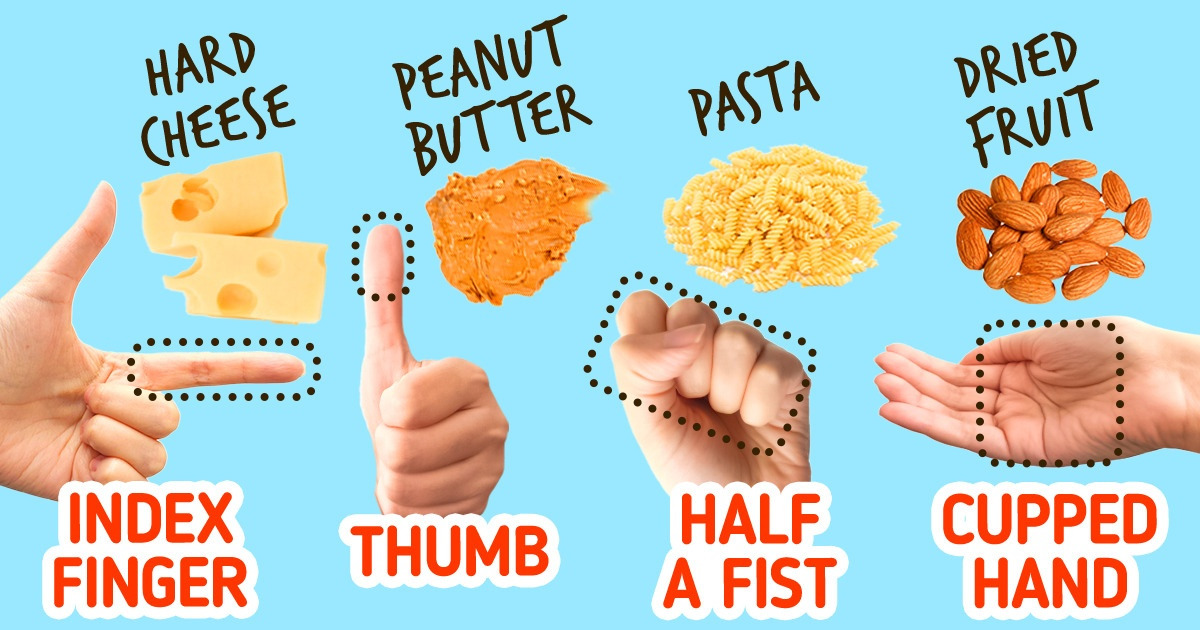
Portion control can help you develop healthier eating patterns and avoid unbalanced meals. Therefore, if you have a weight loss goal or simply want to be more aware of your food intake, you’ve come to the right place.
5-Minute Crafts has compiled 7 tips to help you control your portion sizes and prevent overeating.
❗Important: This article has been created for informative purposes only and does not replace professional advice. Always consult a doctor before following any dietary guidelines, as these could depend on different factors, like age, gender, medical condition, level of physical activity, etc.
1. Use a smaller plate.
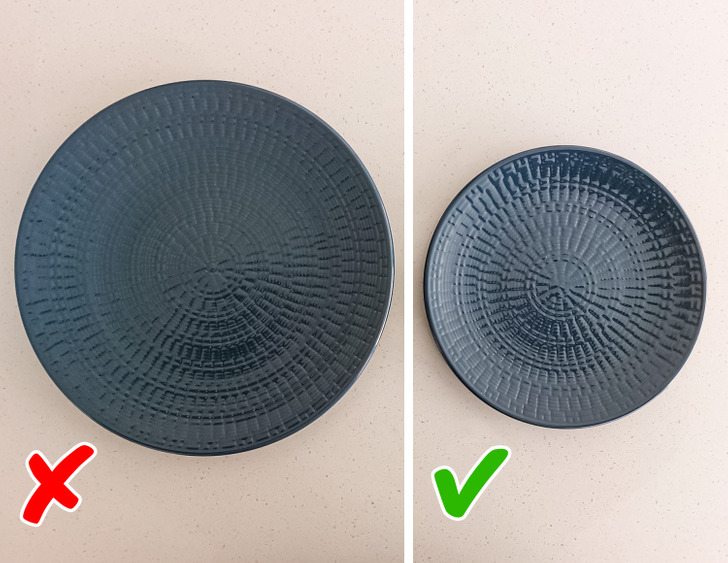
Research suggests that the sizes of glasses, spoons, and plates can have an unconscious influence on how much a person eats. For instance, larger plates can make food seem smaller, which often results in overeating.
Therefore, using a smaller alternative instead of your usual plate or serving spoon can help you minimize the amount of food and keep you from eating too much.
2. Use your plate as a guide.
This simple method can help you reduce the amount of food you eat by getting a well-balanced meal. Just divide your plate into different sections according to the following food groups:
- Salad or vegetables: 1/2 plate.
- Complex carbs: 1/4 plate. This group includes starchy vegetables and whole grains.
- High-quality protein: 1/4 plate. This category includes meat, fish, poultry, eggs, dairy, tofu, legumes, and beans.
- High-fat foods: 1/2 tablespoon. This group includes butter, cheese, and oils.
❗Keep in mind that this represents a rough guide, since people may have different needs regarding their food intake. For example, people who do more physical activity usually require higher amounts of food.
3. Use your hands to measure serving sizes.
💡 Your hand can be a great tool for measuring food portions as it’s proportional to your body size. For instance, people who need a higher food intake usually have larger hands.
4. Order a half portion when eating at a restaurant.
Since restaurant serving sizes can be much bigger than standard serving sizes, it’s a good idea to order a half portion or a dish from the children’s menu whenever you’re eating out. This will help you reduce your calorie intake.
You can also share a dish with someone and replace the main course with a starter and side. At the same time, it’s advisable to order vegetables or a side salad and avoid buffet-style restaurants that may lead you to overeat.
5. Be familiar with appropriate serving sizes.
Since our judgment on portion control can be affected by different factors, it’s a good idea to use a measuring cup or a scale to assess the amount of food you eat. Here are some examples of recommended serving sizes:
- Salad and vegetables: 1-2 cups (150-300 g)
- Cooked pasta or rice: 1/2 cup (75-100 g, respectively)
- Cooked beans: 1/2 cup (90 g)
- Breakfast cereal: 1 cup (40 g)
- Nut butter: 2 tbsp (16 g)
- Cooked meats: 3 ounces (85 g)
You don’t have to use this method all the time. However, after doing it for a while, it can help you determine what a suitable portion size should look like. Looking at food labels can also help you realize what a proper portion is.
6. Avoid eating snacks straight from the package.

Snacks served in large packages can promote overeating and make you less aware of suitable portion sizes. Therefore, instead of eating snacks from the container, put them in a small bowl to avoid eating more than you should.
7. Slow down and follow the 20-minute rule.
When you eat quickly, you may be less aware of how full you are, which increases your chances of overeating. Eating in a rush or while doing something else can have the same result. Therefore, always focus on your food as it will allow you to control your serving sizes and reduce your likelihood of overeating.
Your brain can take up to 20 minutes to record that you’re full after a meal. Therefore, if you feel like you’re still hungry, wait for around 20 minutes before going for another helping.
💡Remember to take small bites and chew each mouthful 5 or 6 times before you swallow.
